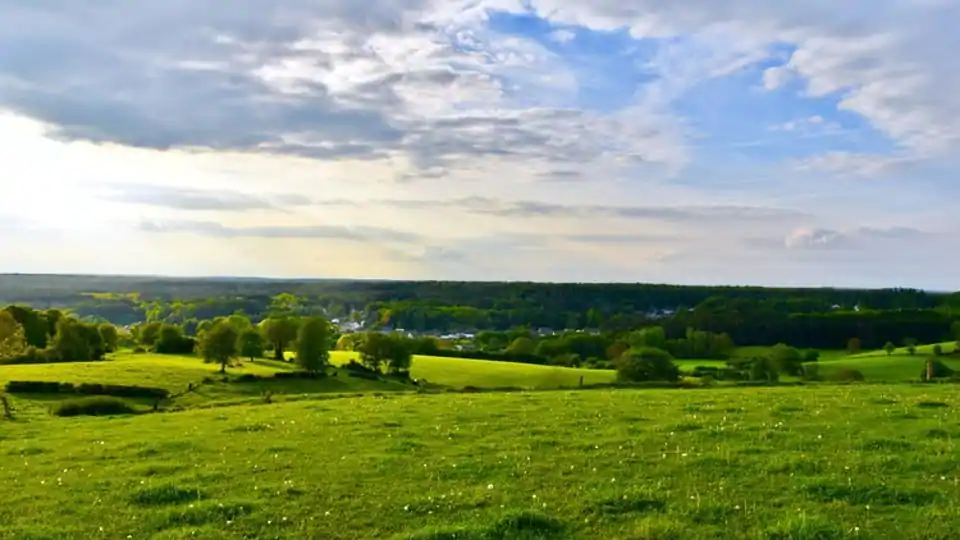A new study uncovered how grasslands used by humans have changed our climate over the last centuries. Grasslands are managed worldwide to support livestock production while remaining natural or semi-natural ones provide critical services that contribute to the wellbeing of both people and the planet. Human activities are, however, causing grasslands to become a source of greenhouse gas emissions rather than a carbon sink.
Grasslands are the most extensive terrestrial biome on Earth and are critically important for animal forage, biodiversity and ecosystem services. They absorb and release carbon dioxide (CO2) and emit methane (CH4) from grazing livestock and nitrous oxide (N2O) from soils, especially when manure or mineral fertilizers are introduced. Little is known, however, about how the fluxes of these three greenhouse gases from managed and natural grasslands worldwide have contributed to climate change in the past, and about the role of managed pastures versus…
